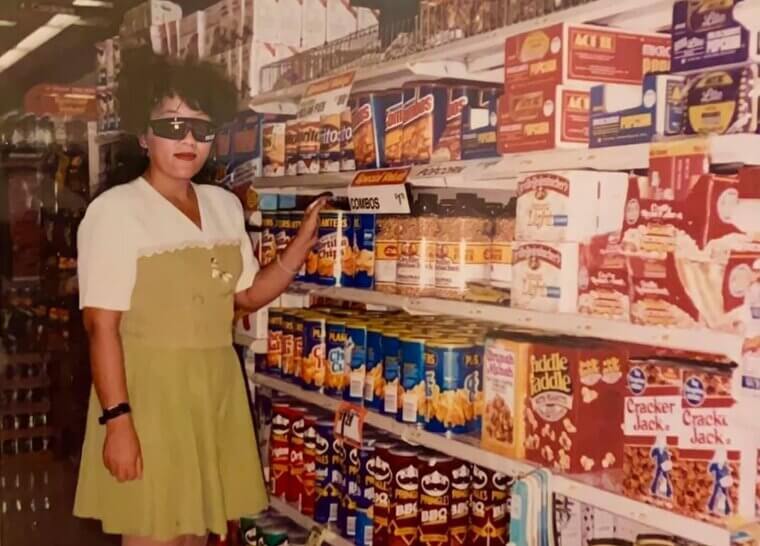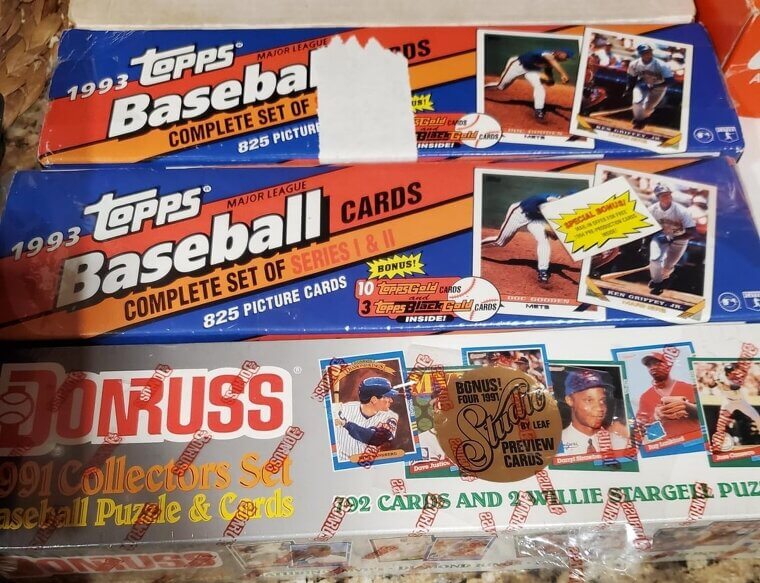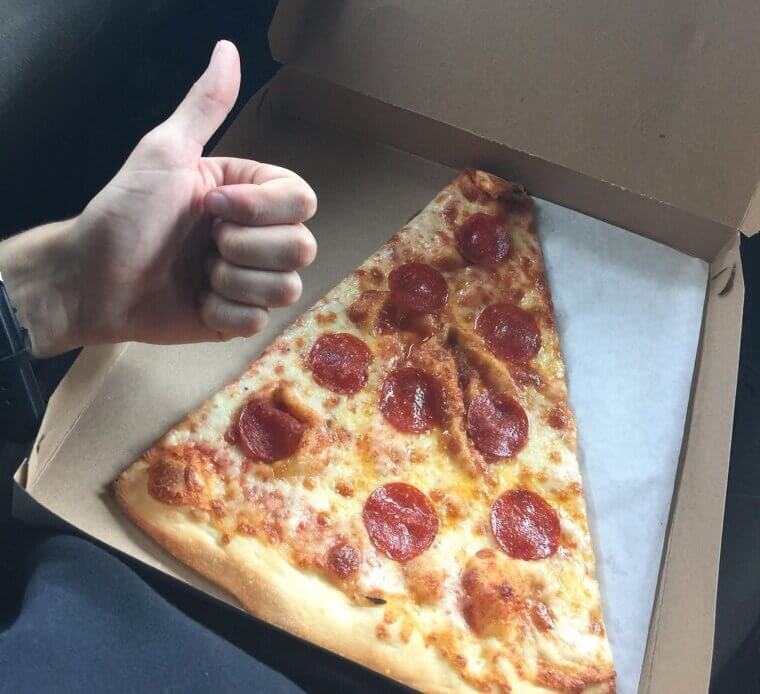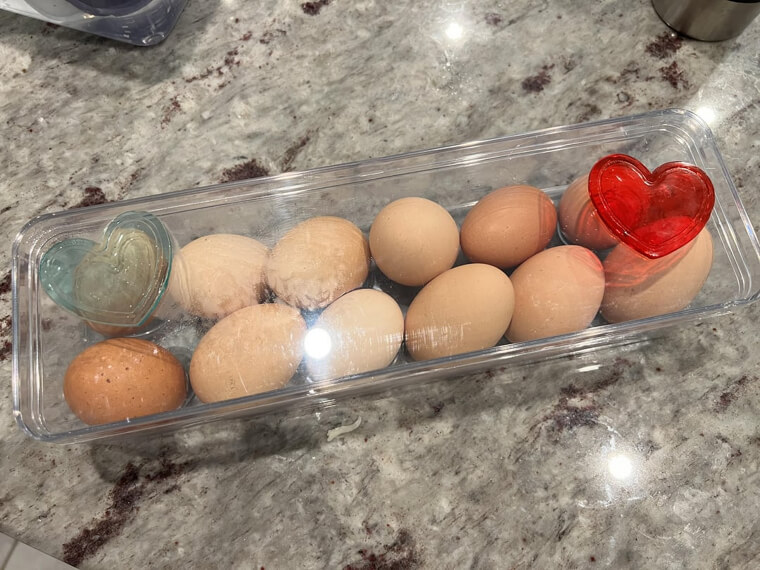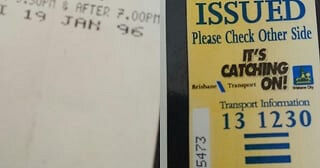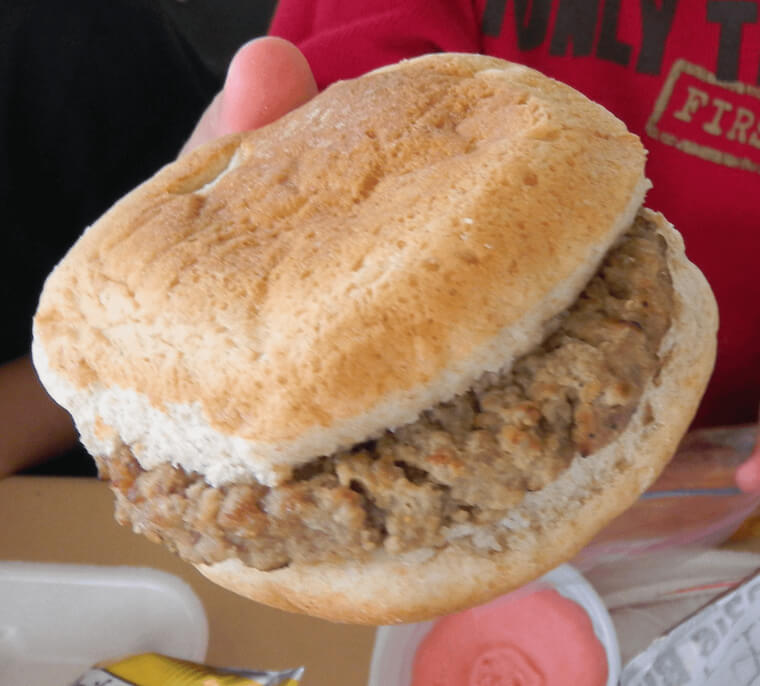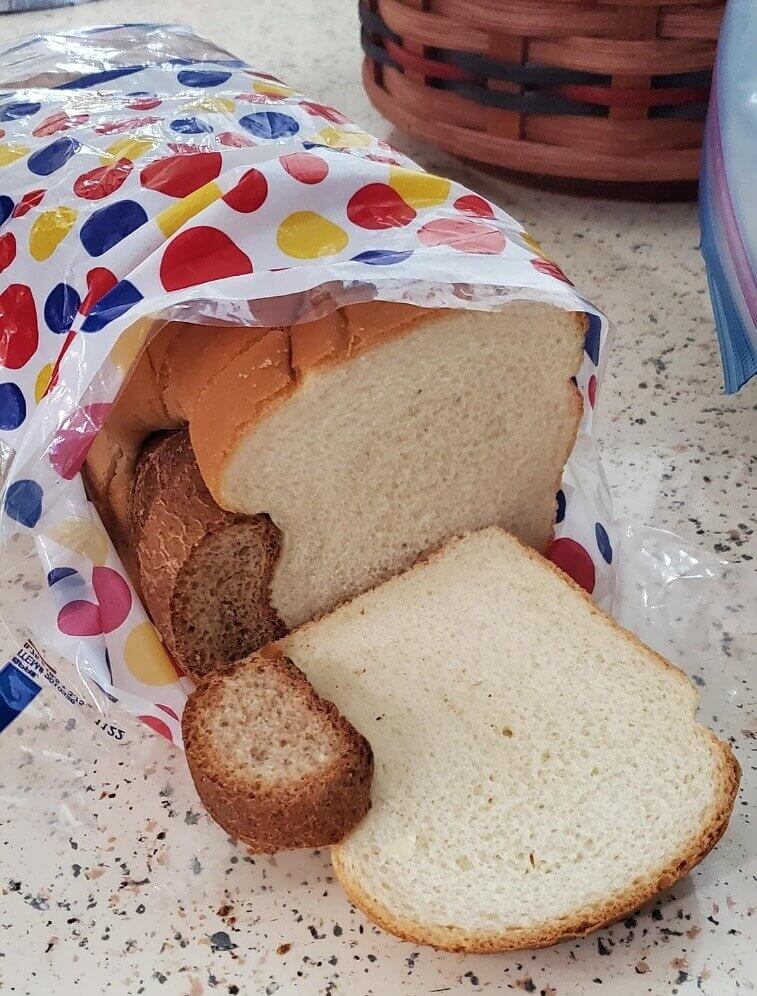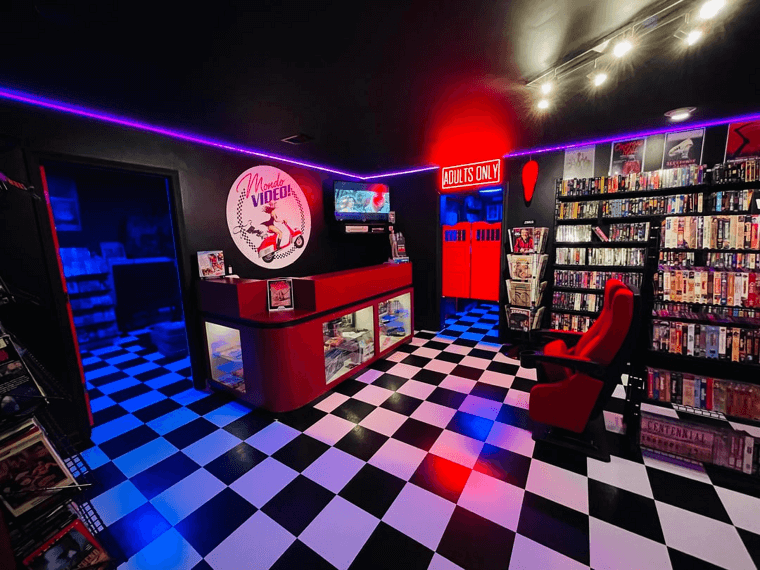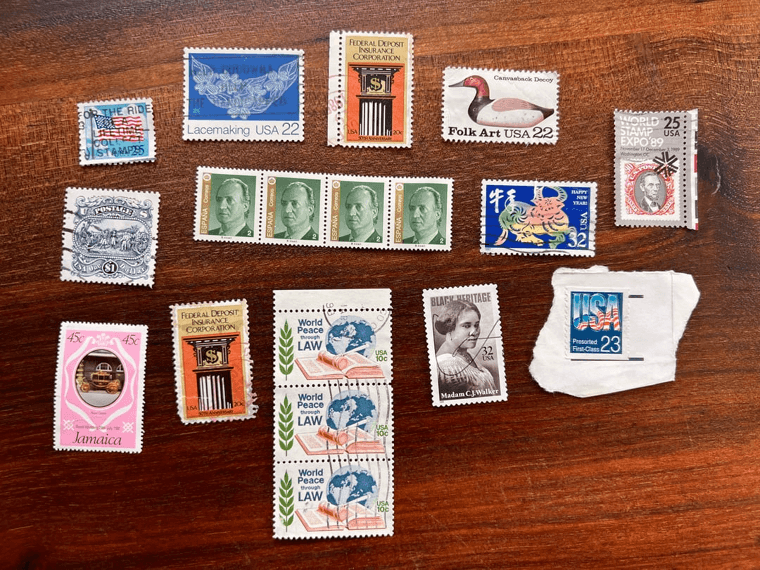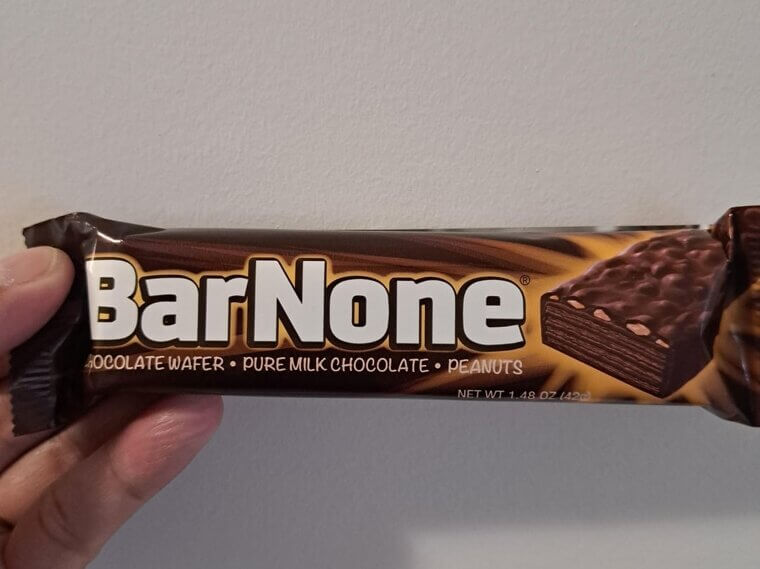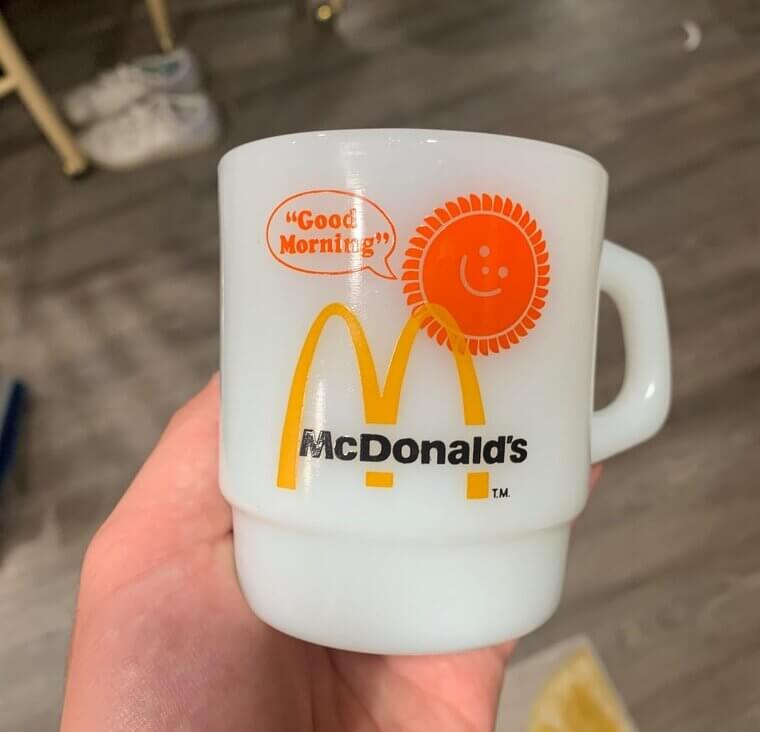Everyday Bargains That Made Life Cheaper in the 80s
The 1980s were a time of neon colors, cassette tapes, and Saturday morning cartoons. But they were also a time when a single dollar stretched much further than it does today. From snacks to gas, here are everyday things you could easily buy for under $1 in the 1980s.
A Can of Coca-Cola
During the early 1980s, gas prices were still under $1 per gallon in much of the United States. Drivers could fill up their tanks without spending a fortune, even with big V8 engines. Long road trips, daily commutes, and weekend cruises were all much more affordable than today.
A Pack of Baseball Cards
Baseball cards were a major collectible in the 1980s. A pack of Topps cards, complete with a stick of bubble gum, sold for less than 50 cents. Kids traded them in schoolyards and dreamed of finding a rookie card that might someday be worth a small fortune.
A Slice of Pizza
Local pizzerias across America often sold a hot slice for around 75 cents, sometimes less in smaller towns. After school, kids could grab a slice with friends without breaking their allowance. For many, the combination of cheap pizza and soda was the ultimate 1980s after-school snack.
A Dozen Eggs
Eggs were still inexpensive staples in the 1980s. A dozen often cost between 75 cents and 95 cents, depending on the year. Families could make breakfasts, bake desserts, or whip up dinners on a budget. Unlike today, eggs were never thought of as a pricey grocery item.
A Paperback Book
Mass-market paperback books were common at drugstores and supermarkets, with prices ranging from 75 to 95 cents. Readers could pick up romance novels, mysteries, or science fiction stories for less than a dollar. The 1980s made reading on the cheap easy, with paperbacks stacked on every checkout aisle.
A Bus Fare
In many American cities, public bus fares stayed under $1 throughout most of the 1980s. Students, commuters, and seniors relied on affordable rides to school, work, and shopping centers. A single bill could cover a round-trip ride in some areas, making transportation more budget-friendly than it is now.
A Pack of Gum
Chewing gum was a staple at every checkout counter. A pack of Juicy Fruit, Doublemint, or Big Red typically cost about 25 cents. Kids could buy gum with leftover lunch money, and adults often kept a pack handy. It was a cheap, sweet pick-me-up for everyone.
A Fast-Food Cheeseburger
At chains like McDonald’s, Burger King, and Wendy’s, a cheeseburger cost between 59 and 69 cents. A dollar could cover a full burger and sometimes even fries on special deals. Fast food was a true bargain in the 1980s, making it a go-to meal for families on budgets.
A Loaf of Bread
A basic loaf of white bread cost around 50 to 60 cents in the 1980s. Families bought it weekly for sandwiches, toast, and school lunches. Bread was one of the cheapest staples in the grocery store, and a single dollar could cover two loaves in some markets.
A Movie Rental
The VHS boom of the 1980s brought video rental stores to every neighborhood. Many independent shops charged just 99 cents for an overnight rental. Families could pick a movie for the evening without spending much. It was the start of “movie night at home,” and it cost under $1.
A Postage Stamp
In 1980, a first-class postage stamp cost 15 cents. By 1989, the price had only risen to 25 cents. Mailing a letter was affordable for everyone, and people sent cards, letters, and bills through the mail without thinking twice. A single dollar could cover four first-class stamps easily.
A Candy Bar
Chocolate bars like Hershey’s, Snickers, and Milky Way were between 30 and 40 cents throughout much of the 1980s. Vending machines, gas stations, and grocery stores kept them within reach of kids and adults alike. A dollar was enough for two candy bars, leaving change for a soda.
A Cup of Coffee
At diners and coffee shops, a steaming hot cup of black coffee was typically 50 to 75 cents. Refillable cups were even more common back then, meaning customers could sit for hours with friends or co-workers. Coffee was cheap, simple, and part of daily life in the 1980s.
A Newspaper
Daily newspapers usually cost between 25 and 50 cents in the 1980s. Readers picked them up for local news, sports scores, and classifieds. Weekend editions sometimes cost more, but they were still under $1. For families, the morning paper was a daily ritual that came at a low price.

